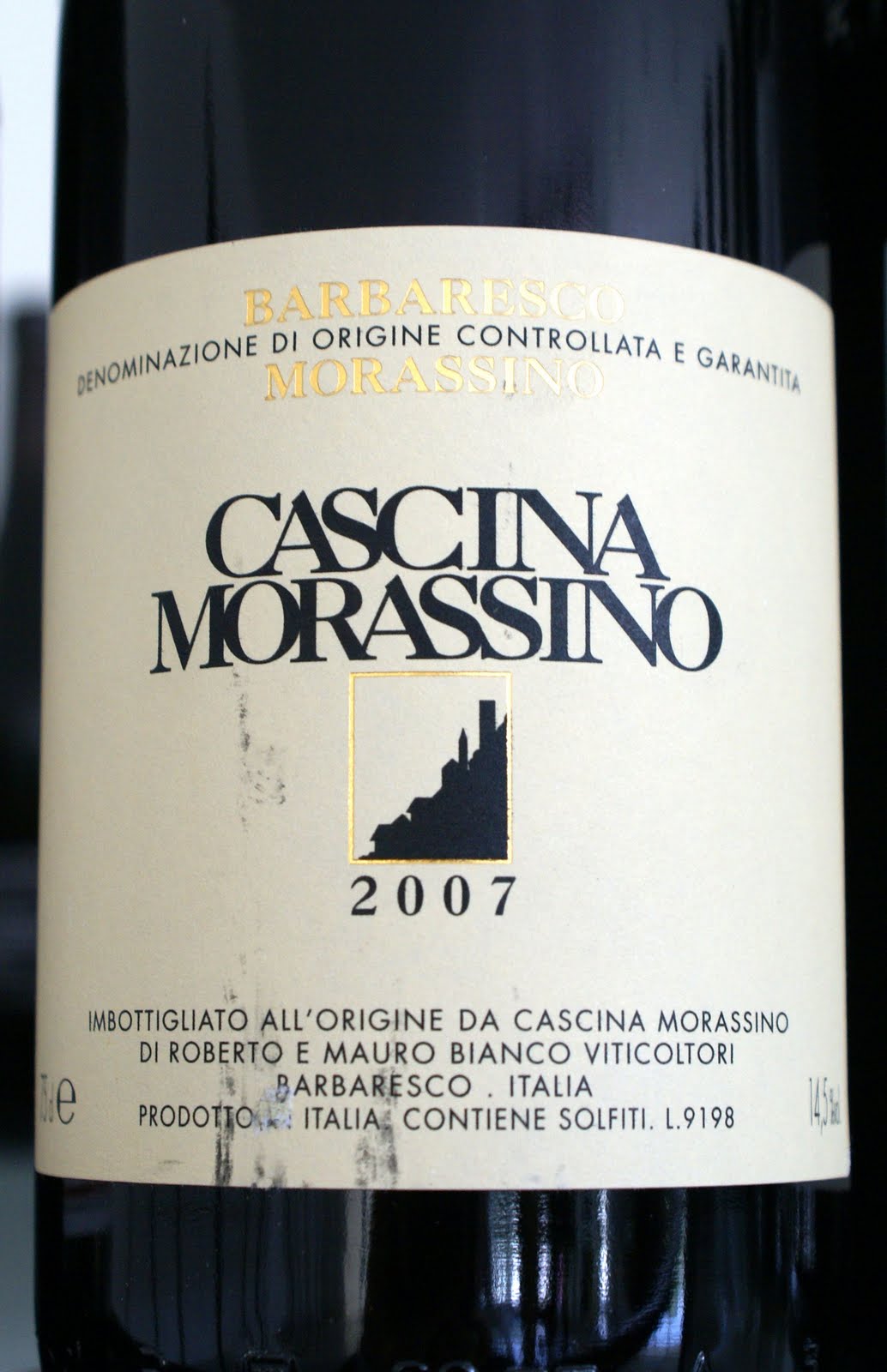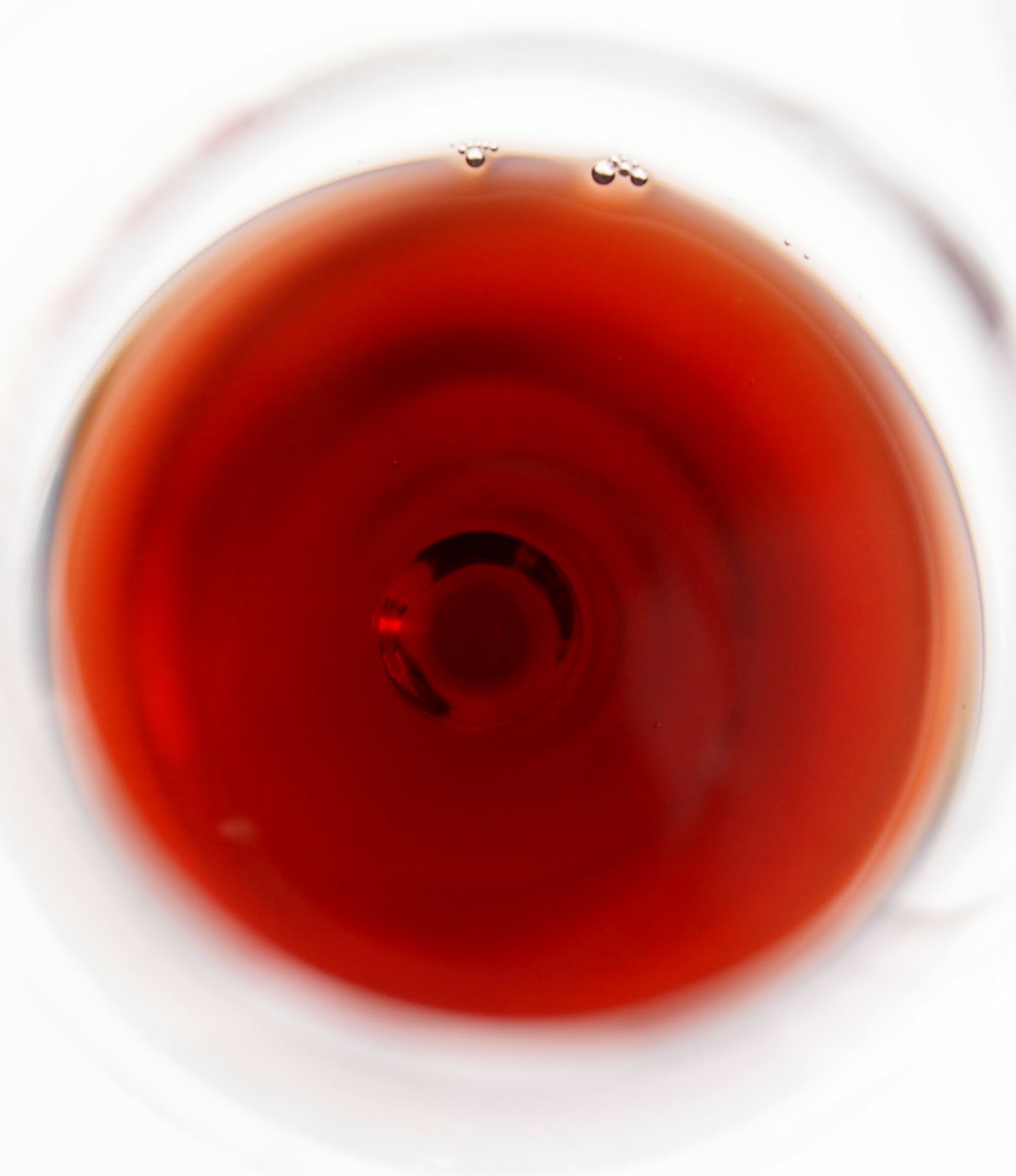My first day at the Nebbiolo vintage presentation here in Alba was dedicated to Roero (the Nebbiolo grape’s northern outpost, with simpler, most rustic wines, and a few standouts such Monchiero Carbone’s brilliant 2006 Printi Riserva, and the lesser-known Ghiomo wines) and Barbaresco. For Barbaresco, it’s the 2007 vintage that’s on the tasting table. I’m really happy with 2007. Most wines are showing some terrific fruit and very good freshness. They’re also tannic, but less dense or structured than in big vintages such as 2004 or 2006. They might not be for the very long haul but the fruit in many is irresistible.
Giuseppino Anfossi of Ghiomo: great guy, lovely wines.
My top wines of the day came from some lesser-known estates (well, that’s the charm of blind tasting) such as Cascina Morassino and Punset (Campo Quadro and Basarin). Tasting 60 to 70 very similar wines blind often distorts your perspective more than non-blind tasting would, but Morassino was top of my list two years ago too, so it’s no coincidence. Marchesi di Grésy and their winemaker Marco Dotta also made some terrific wines: not only the Martinenga 2007 but also the Camp Gros 2004 and 2000 were extremely impressive.

It’s generally been my best Barbaresco tasting ever here in Alba. Not just because the wines were so good (many were) but also because the winemaking approach is very clearly changing for the better. In the past, many Barbarescos were marred by overambitious vinification, overextraction, dry tannins and an enthusiastic embrace of new oak (which is a notorious disaster with most Nebbiolo-based wines). Five years ago the majority of the new bottlings were dark and inky as Chilean Cabernet. This year, the colours are luminous crimsons and rubies with the typical Nebbiolo wide rims often falling into orange. I’ve taken the below photo from a random sample this morning, and it really shows how the return to tradition is gathering momentum. Gone are the years of creamy vanilla new oak Nebbiolo. These wines are becoming the ridiculous anomaly rather than the norm, as the grape’s natural freshness and bright fruitiness is allowed to speak freely. That’s good!

Disclaimer
My stay in Italy including flights, accomodation and wine tasting programme is paid for by Albeisa, the Piedmontese producers’ association. All the wines mentioned in this post were provided by the producers.